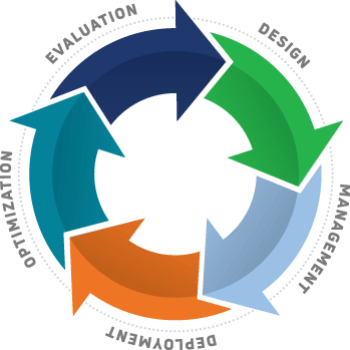Technology in the healthcare industry is rapidly advancing each day with groundbreaking digital technologies that improve the way healthcare professionals communicate with, monitor, and treat patients. Amid a global pandemic, technology acted as a bridge between doctor and patient through remote patient monitoring and telehealth services, completely changing the standard of patient care today.
However, as the use of electronic healthcare services and digital technologies continue to increase, so too does the risk of cybersecurity breaches and ransomware attacks. As network engineers operate on the front lines of cybersecurity warfare, power availability and secure remote connectivity must be a foundation of resiliency for these concurrent digital technologies to transform the healthcare experience.
Negative Impact on Technology on Healthcare Cybersecurity
In 2021, 66% of healthcare organizations were hit by ransomware attacks – up from 34% in 2020, according to a report done by Sophos (1). The average cost of a healthcare data breach is roughly $10 million, according to IBM Security’s annual Cost of a Data Breach Report (2). Healthcare organizations rely heavily on instant access to data like patient records from a variety of sources, therefore any sort of delay, power failure, or dropped IT load could have major, and even life threating impacts on patient health.
So, how can healthcare organizations implement concurrently maintainable power architectures and asset management best practices into a reality while also safely protecting critical patient data, and in return, patient lives?
Ensure your Power is Resilient. Secure your Data. Protect your Patients.
The healthcare business model is starting to shift focus more towards patient experience and wellbeing. With this model in mind, healthcare providers are encouraged to share information across a vast network of providers involved in patient care, opening up system vulnerabilities like never before. With a growing reliance on digital healthcare services, the need for a secure, adaptable, and always available power infrastructure is critical.
Upgrading power infrastructure to support next generation healthcare technologies increases a healthcare organization’s security, reliability, and resiliency. Selecting the right equipment for power distribution and protection, backup power, and remote monitoring and management is key so that operations never go down and systems run with maximum energy efficiency.
Just as these groundbreaking technologies provide us with data to improve the way we diagnose, monitor, and treat patients, critical infrastructure like power distribution, control, and monitoring systems provide us visibility and data-driven insights to improve security, performance, and efficiency within your healthcare facility.
Stark Tech specializes in mission critical applications, working together with healthcare leaders and engineers to design and implement customizable hardware, software, and professional services to meet a client’s specific needs. Stark’s Critical Power team works with our customer base to maximize operational, deployment, and lifetime efficiencies of critical power equipment. Our mission is to optimize business continuity, simplify regulatory compliance, and most importantly, protect occupants and assets. When paired together with local support and service, our comprehensive critical power capabilities create a unique customer experience.




